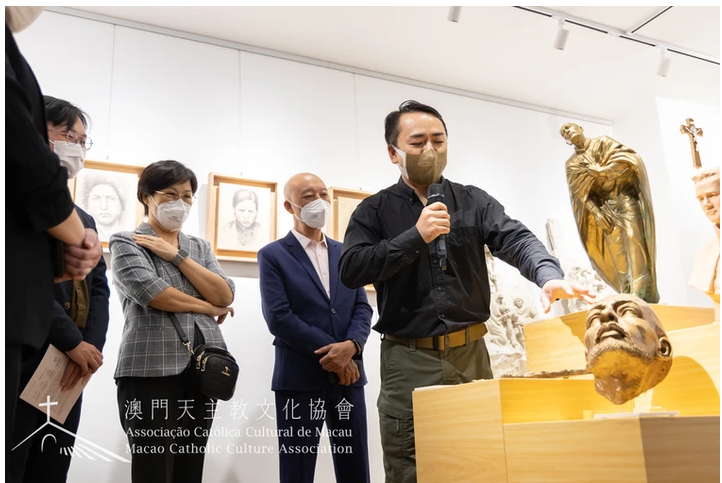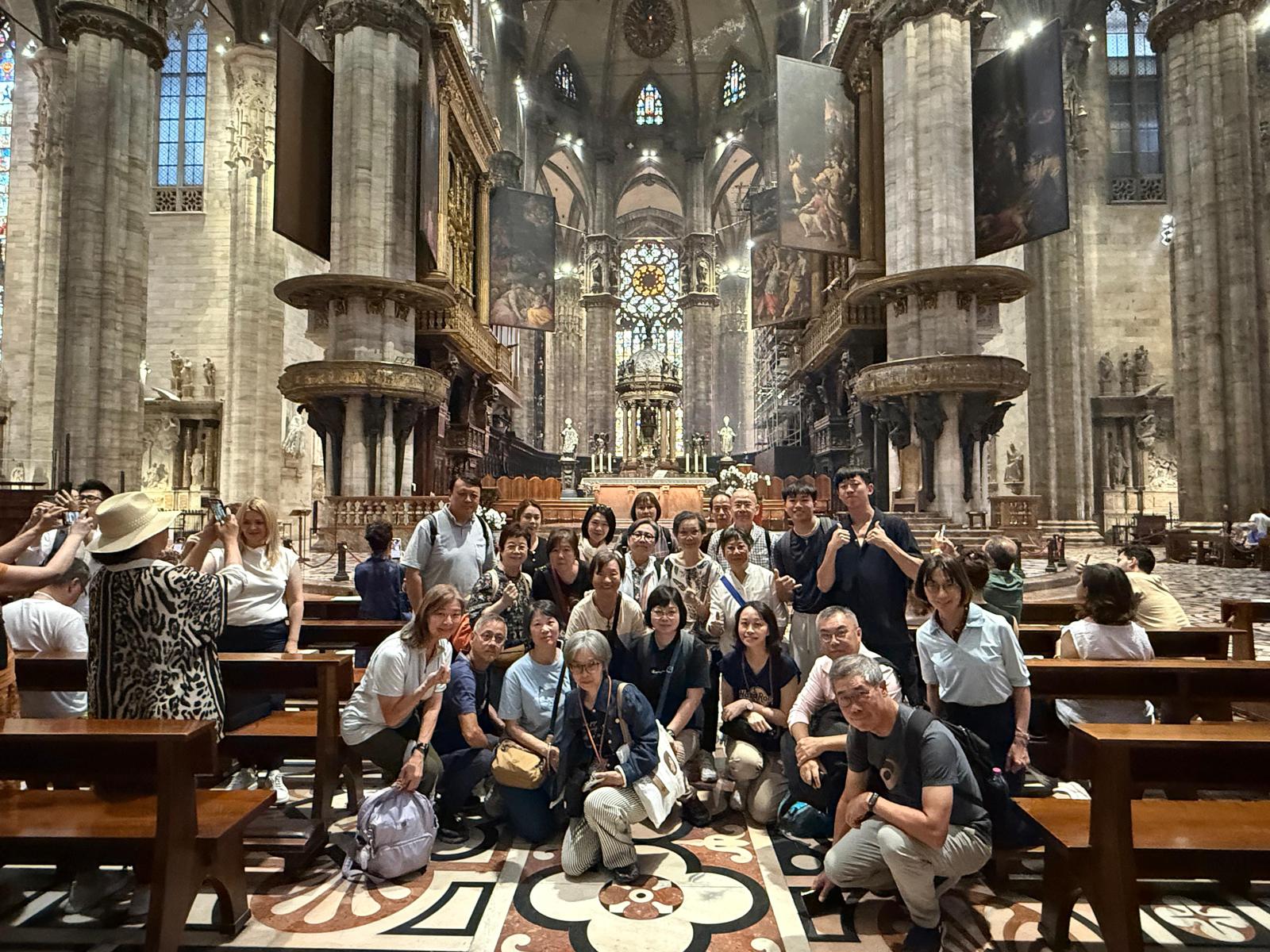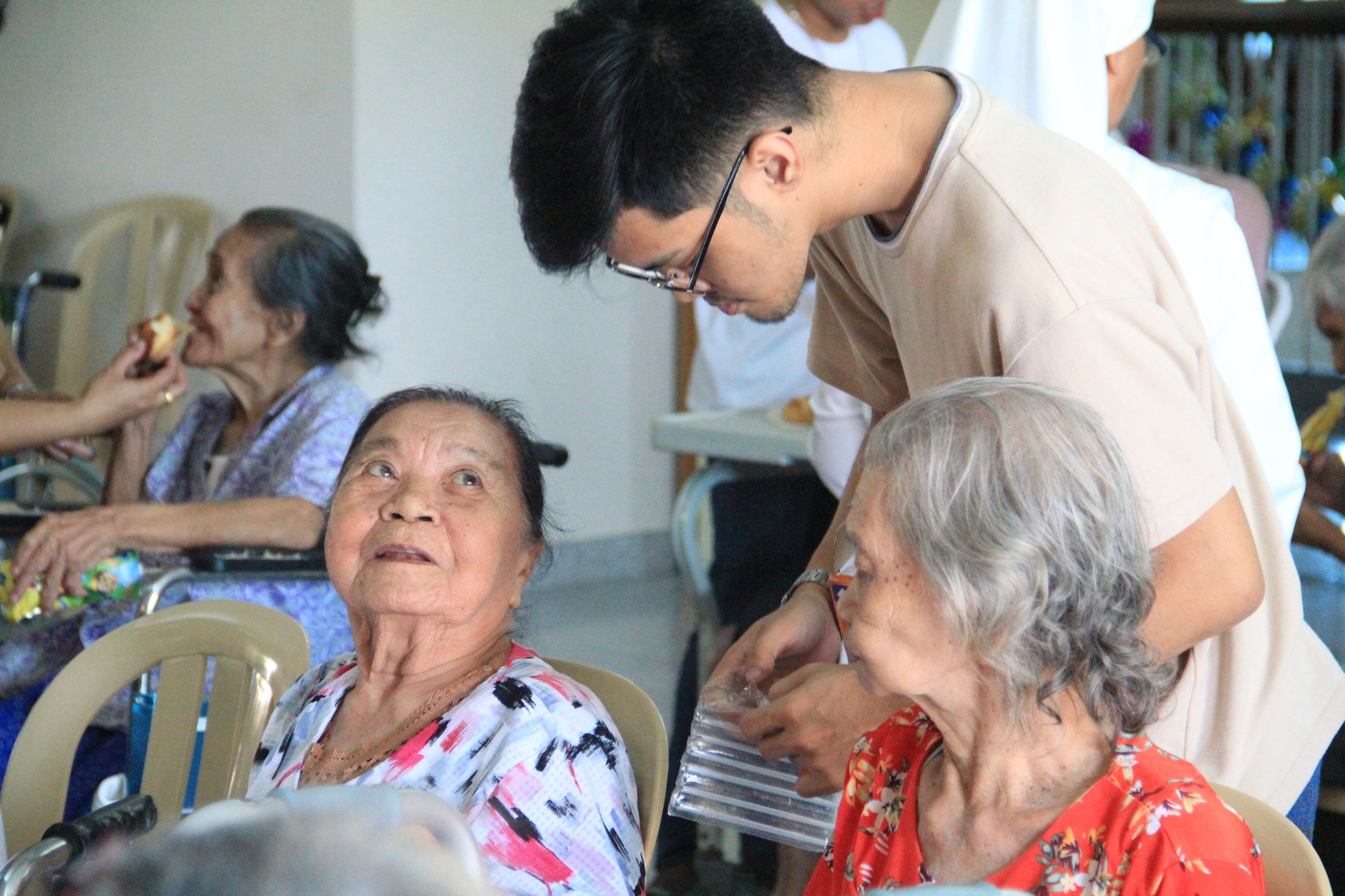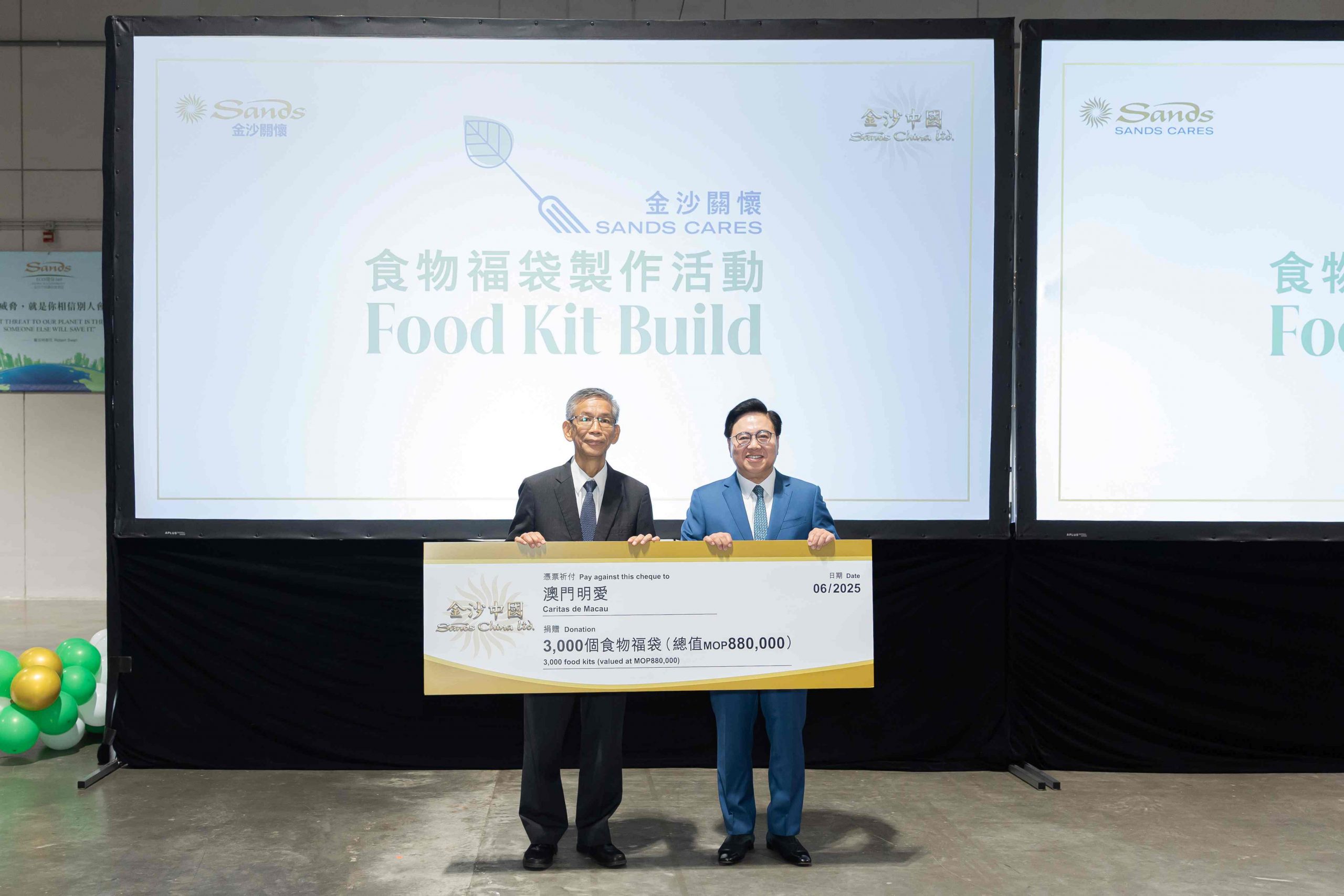Marco Carvalho
Born in 1977, Wong Ka Long is unanimously seen as one of Macau’s most accomplished artists. Considered a sculpture artist in the traditional sense of the word, he has created many public works that were commissioned by the government and several local institutions, and the Catholic Diocese of Macau was no exception. Among his most famous and recognizable art works are the statues of Matteo Ricci and Saint John Bosco, two sculptures of great significance that inspired the Macao Catholic Culture Association to dedicate its latest exhibition to Wong’s Catholic-inspired creations.
“The exhibition opened its doors on November 4th and will run until the 4th of December,” Macao Catholic Culture Association Director Joni Cheng told O Clarim.
“Over the past two decades, sculptures on Catholic themes by Macau artist Wong Ka Long have become very familiar to the public. These include the statue of Matteo Ricci, across the street from the Ruins of Saint Paul, the statue of Saint John Bosco at Montanha Russa Municipal Park and even the altar piece and the Stations of the Cross at the Chapel of the Holy Cross at the Ilha Verde campus of the University of Saint Joseph,” the director of the Macao Catholic Culture Association recalls.
A perfectionist at heart, Wong Ka Long is a talented and skillful sculptor and the rightful inheritor – the Catholic Culture Association claims – to a centuries-old artistic tradition that promotes dialogue and mutual respect between the East and the West. “Macau is a place full of Catholic artistic traditions. Countless Catholic artworks have been produced in Macau throughout the centuries,” Joni Cheng avows.
“Wong Ka Long’s Catholic artworks demonstrate the integration of Catholic culture and arts, creating a unique art collection that attests to Sino-Western cultural exchange and inheritance. Just as Pope Francis said in the encyclical Fratelli Tutti, we need to communicate with each other, to promote that which unites us and welcome the good that comes from the other’s experiences and culture,” the board member of the Macao Catholic Culture Association maintains.
Entitled “Culture of Encounter: Catholic Arts Exhibition by Wong Ka Long”, it will run until December 4th.
The exhibit, which can be visited at the organization’s office venue at Rua Formosa, replaced earlier this month the exhibition Illustratio, a graphic arts display by Ray Pun that showcases the main liturgical feast celebrated by the Catholic Church in Macau and portrays the territory’s intangible cultural heritage of Catholic origin. “To further promote and enhance the public’s awareness and understanding of Macau’s Catholic intangible cultural heritage and liturgical feast, the Catholic Culture Association organized in late October the ‘Illustratio: Macao’s Catholic Intangible Cultural Heritage & Liturgical Feast Illustration Exhibition’,” Ms Cheng recalls. “Through the illustrations drawn by our in-house illustrator Ray Pun, we tried to present to the public the historical and cultural significance of 15 key Catholic intangible cultural heritage and liturgical feasts of the Catholic Diocese of Macau. They include seven of Macau’s Catholic intangible cultural heritage assets and eight of Macau’s Catholic liturgical feasts,” the director of the Macao Catholic Culture Association adds.
The exhibition was housed at Rua Formosa for just over a week, but it can still be seen at Holy Family School until the end of November. “In order to continue the promotion of Macau’s Catholic intangible cultural heritage and liturgical feasts through this Illustratio exhibition, the Catholic Culture Association launched its school exhibition tour at the Holy Family School. The 15 illustrations will be exhibited at the school for the entire month of November 2002,” the organization’s director told O Clarim.
“The exhibition will continue to go on tour, several schools have already signed up for 2023. We hope to apply this school tour exhibition model to our future exhibitions whenever suitable, so that we continue to promote our four key cultural topics – Catholic cultural heritage, Catholic culture and art, Catholic culture and science, and religious cultural exchange – to a wider audience. Hopefully, this model will also provide schools and other interested parties additional options to communicate these Catholic cultural topics from a different perspective,” Ms Cheng says.
The model was first tested with “The Eucharistic Miracles of the World International Exhibition”. Curated by Blessed Carlo Acutis, the Church-approved photographic exhibit was put on display at the Matteo Ricci College before being converted into an entirely digital experience. “The Macao Catholic Culture Association launched “The Eucharistic Miracles of the World” VR360 virtual online exhibition in order to further promote the utilization of digitalized resources. The public can visit the exhibition in 360 degrees virtually by scanning a dedicated QR Code or visiting the association official website,” Joni Cheng explains.
“This is the first time that the association incorporated VR360 technology to elevate a physical exhibition into an online virtual reality (VR) exhibition, accessible to anyone around the world. The VR360 virtual exhibition is available in both Chinese and English. The public can view the exhibits in high-definition images by simply clicking on the icon of each exhibit,” the director of the association adds.
The original exhibition came to an end on September 30th. The event, the Macao Catholic Culture Association claims, was “very well received” and attracted over 2,000 visitors and 40 groups of guided tours.
(Image: Macao Catholic Culture Association)


 Follow
Follow


